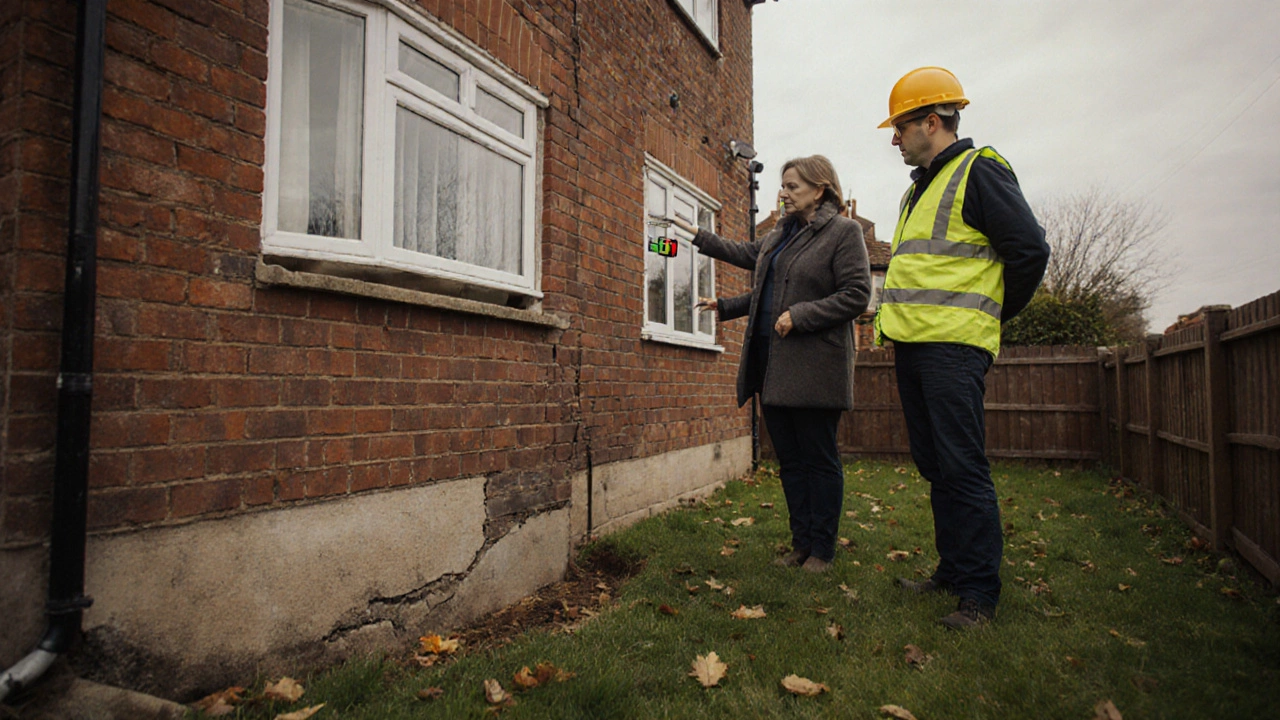Structural Safety for Your UK Conservatory Project
Thinking about adding a conservatory? It looks great, but it also adds weight and new loads to your house. Getting the structure right means fewer headaches later. In this guide we’ll walk through the basics – foundations, walls, roof loads, and the moments you need a structural engineer.
Check the Foundation Before You Build
The first step is a solid base. A conservatory sits on the ground, so the soil must be stable and the footings deep enough to handle the extra weight. Look for signs of movement: cracks in nearby walls, sloping floors, or damp patches. If you spot any of these, get a qualified surveyor to measure crack widths and assess soil bearing capacity. In most UK regions a 300 mm deep concrete pad is the minimum, but softer ground may need deeper piles.
Mind the Loads – Walls and Roof
Once the foundation is set, think about what the walls and roof will carry. A glass roof is lighter than brick, but the framing still has to support wind pressure and snow loads, especially in northern England. Use uPVC or timber studs that meet British Standards (BS 5268) and space them no more than 400 mm apart for good rigidity. For larger spans, engineered timber beams or steel joists are a safer bet than standard timber.
Don’t overlook the connection between the conservatory and the existing house. The tie‑back must transfer forces without pulling the existing wall out of line. Simple steel brackets, correctly bolted into a structural wall, usually do the trick, but a mis‑aligned connection can cause cracking over time.
Another common mistake is ignoring ventilation. Too much heat can expand the frame and create stress on joints. Install operable roof panels or side vents to let hot air escape and keep the whole structure balanced.
When in doubt, call a structural engineer. A quick assessment costs a few hundred pounds but can save you thousands in repairs. They’ll check calculations, confirm that your design meets the Building Regulations (Part A for structure), and provide a stamped report you can show to your local council.
Finally, remember maintenance. Keep gutters clear, check fixings annually, and watch for any new cracks. Early detection means a simple repair instead of a major rebuild.
By going through these steps—solid foundation, proper load handling, secure connections, and regular checks—you’ll enjoy a safe, long‑lasting conservatory that adds space and value to your home.

